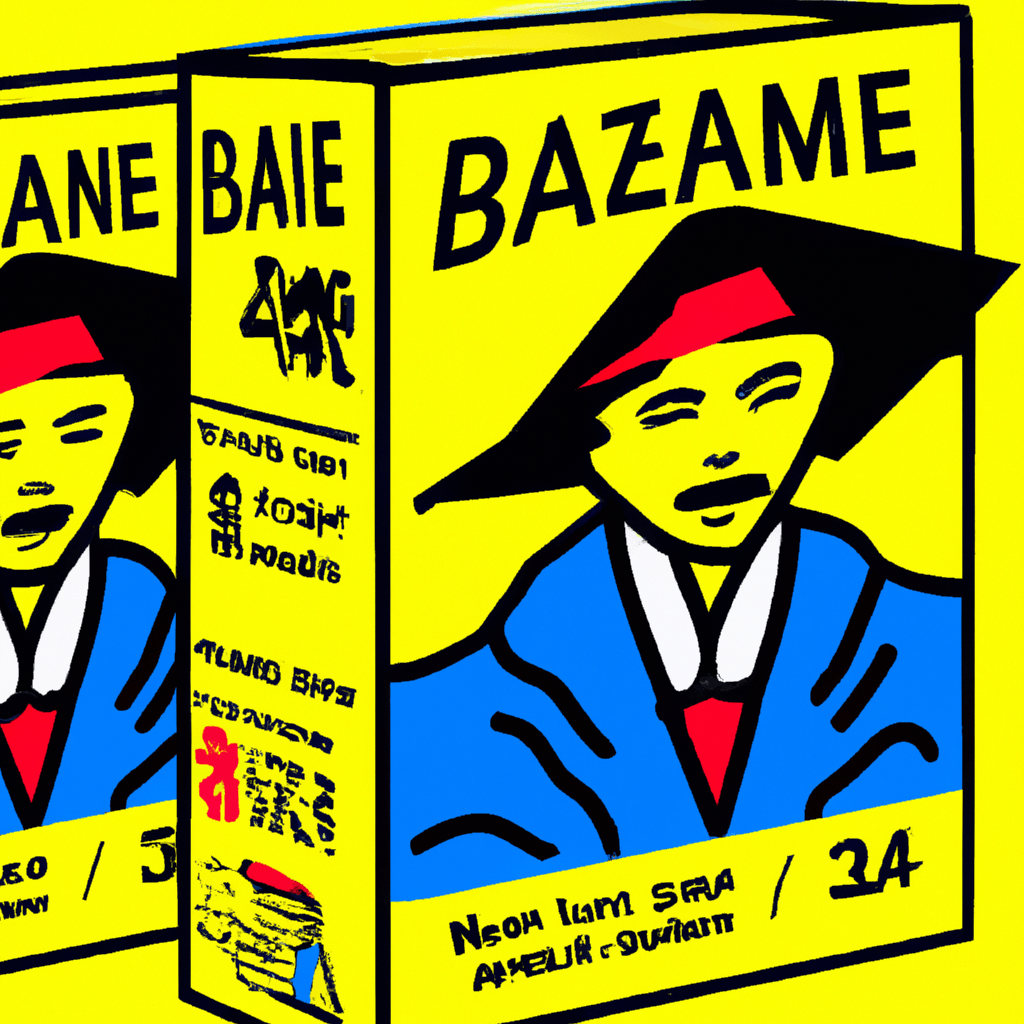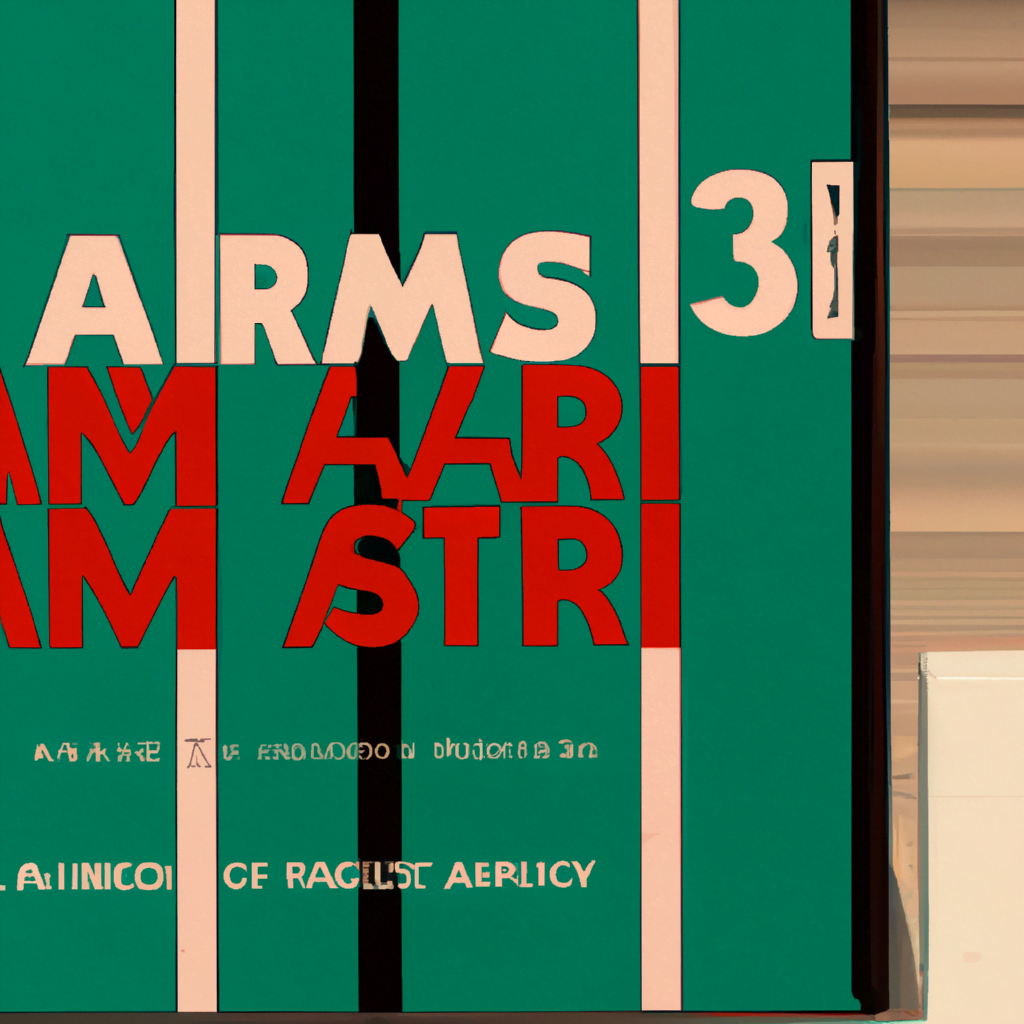
Exploring AI-Generated Packaging Label Designs

Artificial Intelligence (AI) has revolutionized various industries, and packaging design is no exception. With the ability to analyze vast amounts of data and generate creative solutions, AI has become a powerful tool for designing packaging labels that capture consumers’ attention and convey brand messages effectively. In this article, we will explore the benefits of AI-generated packaging label designs, examine real-world examples, and discuss the future implications of this technology.
The Power of AI in Packaging Design
AI brings several advantages to the table when it comes to packaging label design. Here are some key benefits:
- Efficiency: AI algorithms can quickly analyze large datasets, market trends, and consumer preferences to generate multiple design options in a fraction of the time it would take a human designer.
- Personalization: AI can tailor packaging label designs to specific target audiences by analyzing demographic data, purchase history, and online behavior. This level of personalization helps brands connect with consumers on a deeper level.
- Consistency: AI ensures consistency in branding by applying predefined style guidelines and maintaining a cohesive visual identity across different packaging designs.
- Cost-effectiveness: By automating the design process, AI reduces the need for extensive human resources, saving both time and money for businesses.
Real-World Examples
Several companies have already embraced AI-generated packaging label designs and witnessed remarkable results. Let’s take a look at a few notable examples:
1. Coca-Cola’s “Share a Coke” Campaign
In 2011, Coca-Cola launched its “Share a Coke” campaign, which featured personalized labels with people’s names. The company used AI algorithms to generate millions of unique label designs, ensuring that customers could find their names on the bottles. This campaign resulted in a significant increase in sales and consumer engagement, demonstrating the power of AI in creating personalized packaging designs.
2. Snickers’ “Hunger Bars”
Snickers, a popular chocolate bar brand, used AI to create unique packaging designs for its “Hunger Bars” campaign. The AI algorithms analyzed hunger-related keywords on social media platforms and generated packaging labels with humorous phrases like “Impatient,” “Cranky,” and “Feisty.” This creative approach resonated with consumers and led to a surge in sales.
3. Nutella’s “Nutella Unica”
Nutella, the well-known hazelnut spread brand, collaborated with an AI system to create limited-edition packaging designs called “Nutella Unica.” The AI analyzed various patterns, colors, and shapes to generate 7 million unique label designs. This campaign generated significant buzz and increased consumer interest, showcasing the potential of AI in creating visually stunning packaging designs.
The Future of AI-Generated Packaging Label Designs
As AI technology continues to advance, the future of packaging label design looks promising. Here are some potential developments we can expect:
- Hyper-Personalization: AI will enable brands to create packaging designs that cater to individual consumers’ preferences, taking into account their unique tastes, interests, and purchasing behavior.
- Real-Time Adaptation: AI algorithms will be able to analyze real-time data, such as social media trends and consumer feedback, to adapt packaging designs on the fly. This will allow brands to stay relevant and responsive to changing consumer preferences.
- Environmental Sustainability: AI can help optimize packaging designs to reduce waste and environmental impact. By analyzing materials, shapes, and sizes, AI algorithms can generate eco-friendly packaging solutions that align with sustainability goals.
- Augmented Reality Integration: AI-generated packaging designs can be enhanced with augmented reality (AR) technology, allowing consumers to interact with the packaging and access additional information or immersive experiences.
Summary
AI-generated packaging label designs offer numerous benefits, including efficiency, personalization, consistency, and cost-effectiveness. Real-world examples from companies like Coca-Cola, Snickers, and Nutella demonstrate the success of AI in creating engaging and unique packaging designs. Looking ahead, AI will continue to push the boundaries of packaging design, enabling hyper-personalization, real-time adaptation, environmental sustainability, and augmented reality integration. As businesses embrace AI, they can unlock new opportunities to captivate consumers and build strong brand identities through innovative packaging label designs.
